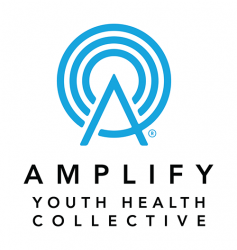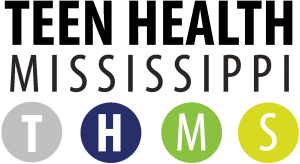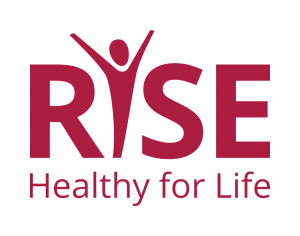Since the start of the "Me Too" movement, more teachers are looking for ways to incorporate consent into sex education. This training will help participants recognize language changes and immediate shifts they can make in existing content and identify various tools, resources, materials, and activities that could be used in classroom related to consent. The training will also review best practices and key messages for teaching consent; particularly being intentional about students at different developmental levels.
In this training, participants will:
- Define consent.
- Discuss the importance of consent education.
- Understand considerations when working with different age groups.
- Review relevant and current data on consent and sex education.
- Practice language shifts in lessons.
- Discuss preparing for disclosures.



